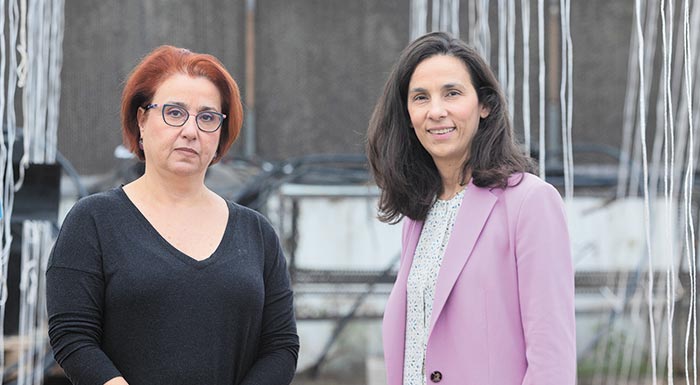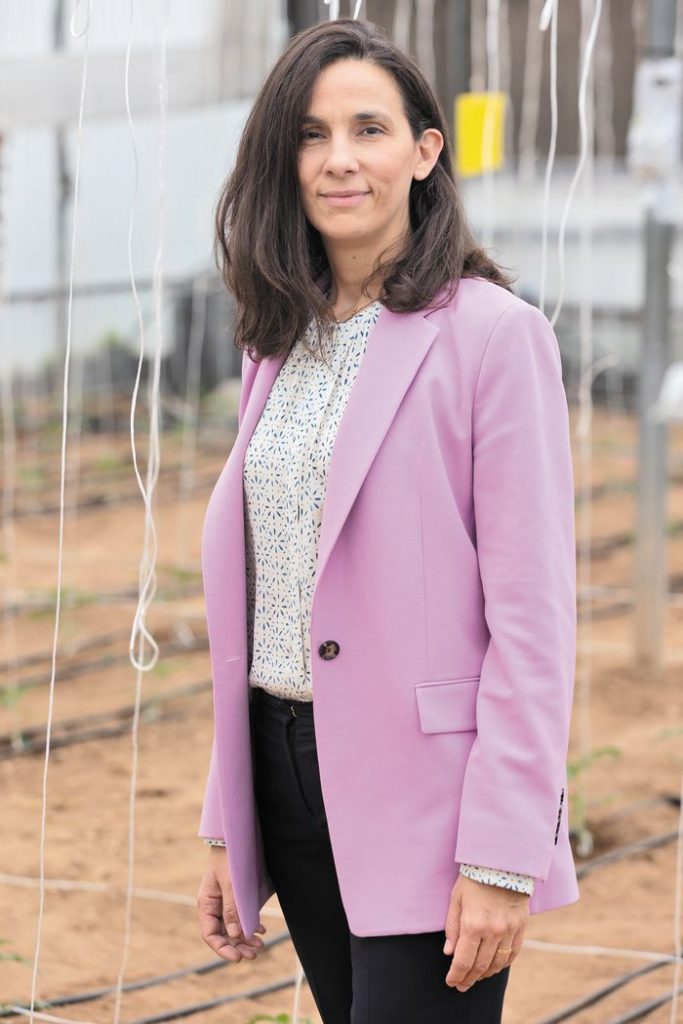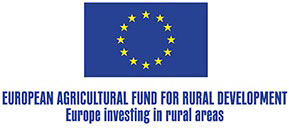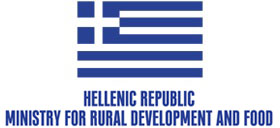
Georgia Datsi: “Applying biostimulants changes the landscape in tomato cultivation”
Georgia Datsi, assistant professor at the Laboratory of Vegetable Production of the Agricultural University of Athens, is implementing innovative biostimulants in tomato cultivation through the ‘VIO-PROSARMOGI’ (BIO-ADAPTATION) Operational Group of Measure 16.
‘Ypaithros’ spoke with her regarding the project funded by Measure 16 and the significant benefits it may signal for producers and the environment in terms of both plant nutrition and yield, as well as rational input use.

Can you tell us how the idea of using biostimulants in tomato cultivation started?
The idea for implementing this programme started from the goals set by the European Union to reduce the use of fertilisers.
The use of these biostimulants started in recent years. They are a new type of formulations, each of which has a different mode of action and is essentially used in crops — not just tomatoes — to help plants make better use of water, the nutrients at their disposal, and, of course, to deal with some stresses that may arise during a growing season.
I would like you to explain how the biostimulants act on this plant. You mentioned the issue of stress.
A plant is stressed when, for example, there are low temperatures, as it cannot absorb the phosphorus it needs from the soil, or when it does not have enough water. Biostimulants help develop a better root system, so nutrients and water are better absorbed by different soil layers. Other formulations help increase the antioxidant potential of plants.
There are different intervention methods, depending on what the plant is facing each time.
“We can achieve savings of up to 30% in water and 40%-50% in fertilisers”
How exactly can we know what the needs of the plant are in order to use the right biostimulant?
At the Laboratory of Vegetable Production we have a lot of experience as regards nutrients. In order to calculate their needs, one needs to know how much the plant has absorbed during each cultivation phase, with regard to the nutrients we gave it.
This is very easy in hydroponics, because we can see the consumption of water and nutrients, respectively.
In soil, we now know through research what nutritional needs the plant has at each stage of development, so we make sure to fill any gaps that occur during cultivation. We can achieve savings of up to 30% in water and 40%-50% in fertilisers.
How was your operational team created and who does it consist of?
Our operational team consists of four partners. The Laboratory of Vegetable Production, where I am the scientific director, GAIA EPICHEIREIN, which has extensive experience in European programmes and is the coordinator, and there are also two cooperatives participating, the Agricultural Cooperative of Tympaki and the ‘Anatoli’ Agricultural Cooperative.
So, our goal is to try out some of the formulations provided to us by the Greek company Humofert and the Italian company Mugavero at these cooperatives.
What exactly are you doing on the programme?
We have already identified the producers who will collaborate with us. The goal is to guide them to carry out the application correctly, in the right dosage and at the right time. At the end of the growing season, we will record the yield to see if the differences we mentioned are indeed there under real conditions.
We will also take measurements to see the quality of the fruit and the nutritional status of the plants, to explain to the producers why we had this result.
How does your operational plan contribute to environmental and climate protection, which is the goal of Sub-measure 16.1-16.5 of Measure 16?
The use of fertilisers is extremely harmful to the environment. Predictions are also ominous regarding the water we need to have available, which must be of the necessary quality to be used on such crops, namely, without a high concentration of salts. Our goal is to be able to help producers, through the use of such new formulations, to better manage water and nutrients, to produce higher yields and to consume less water and fertilisers.





